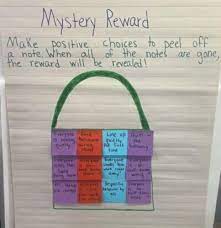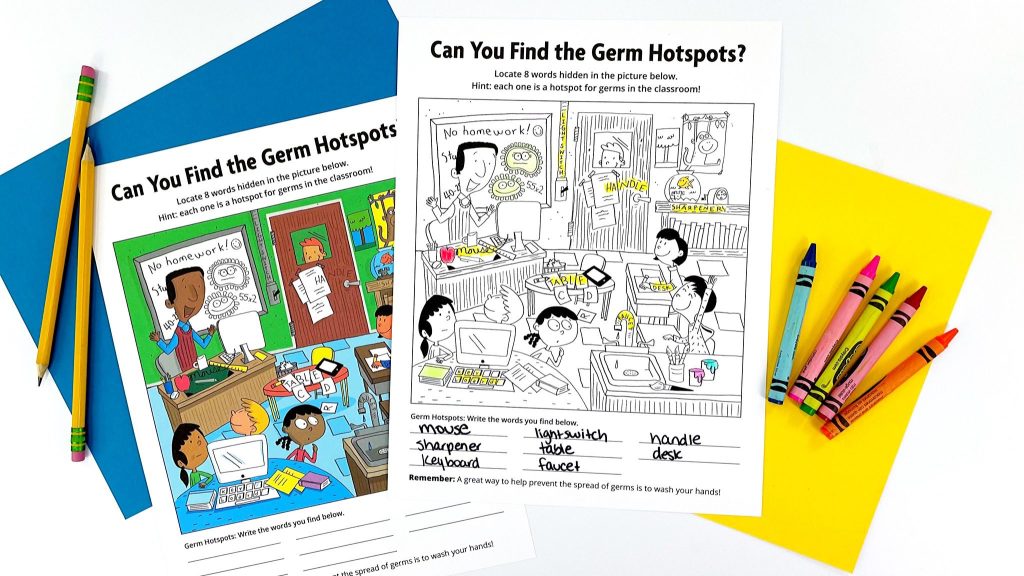Introduction:
In today’s digital age, children are growing up with smartphones, computers, and a plethora of technology. They’ve become increasingly detached from certain traditional elements that previous generations considered to be fundamental knowledge. One such element is the ability to identify and use coins. This article will explore the reasons behind why kids today don’t know their coins as well as the implications of this shift.
Reason 1: The Dominance of Digital Payment Methods
The most prominent reason for children not knowing coins is the rise of digital payments. With options like credit cards, debit cards, mobile wallets, and online banking, the usage of cash and coins has significantly decreased. Parents no longer encourage their children to save coins in piggy banks or pay for items with physical money. Consequently, kids are not familiar with the types of coins and their respective values.
Reason 2: Limited Exposure to Coins in Education
Children used to learn about coins early in their education as a part of mathematics curriculum or hands-on financial literacy exercises. However, recent shifts in educational priorities have resulted in decreased emphasis on teaching about cash and coin-related activities. Instead, lessons focused more on problem-solving skills and digital literacy – further distancing children from understanding coins.
Reason 3: Lack of Necessity
Another factor contributing to kids not knowing coins is simply a lack of necessity or urgency to learn about them. In an era where transactions can be completed with just a few taps on a screen, there is little motivation for children to understand coin values and counting. Moreover, parents might not see it as essential knowledge, resulting in limited conversations around using cash and teaching kids about its importance.
Implications:
The decline in kids knowing their coins might seem insignificant at first glance; however, there could be potential consequences as they grow up with this knowledge gap:
1. Financial Literacy – Knowing the basics of handling cash and coins is a fundamental skill in financial literacy. A lack of familiarity with coins could lead to challenges in managing personal finances later in life, such as tracking cash expenses or making change.
2. Connection to History – Coins are not just a means of payment; they carry historical significance and symbolize the culture of a country. By failing to recognize and understand coins, children might lose an essential connection to their nation’s history and traditions.
3. Real-world Interactions – As much as digital payment methods are convenient, kids will still encounter instances where cash transactions are necessary (e.g., garage sales, farmers markets). Being unfamiliar with coins may leave them unprepared for these real-world situations.
Conclusion:
The reasons behind children not knowing their coins range from technological advancements to shifts in education priorities. While it may not seem a significant concern initially, it’s essential to consider the implications of this knowledge gap on their development. To ensure that future generations remain connected with traditional elements like coins, educators and parents must work together to highlight the importance of cash and coin-based transactions within learning environments and everyday lives.











